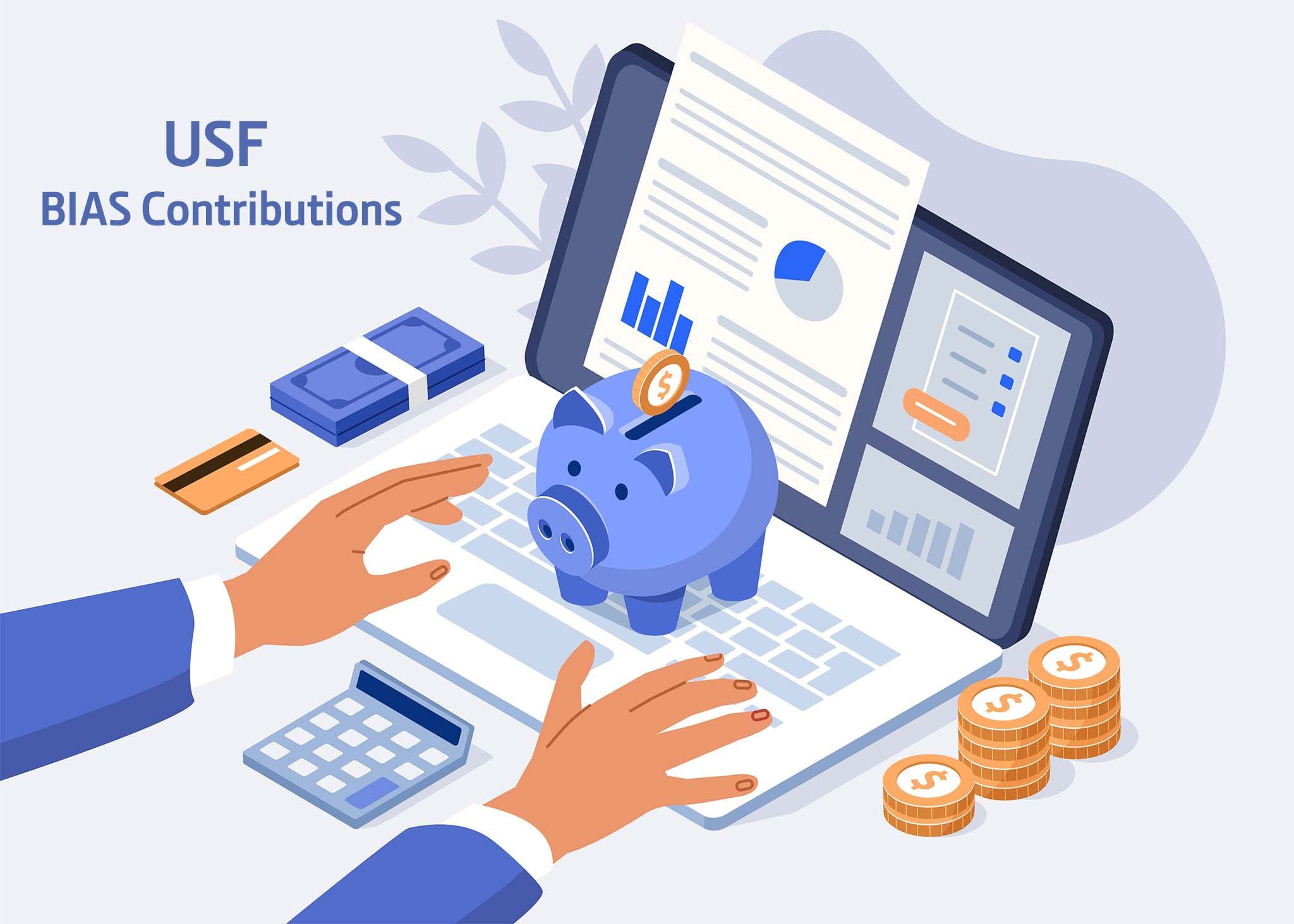Rural Telcos Hope to Expand USF Contributions to Broadband Providers
Randy Sukow
|

NTCA – The Rural Broadband Association has released an analysis finding that internet subscriber growth will not stall if the government changes its universal service fund (USF) rules to collect fees from all broadband providers. The report comes as Representatives Collin Peterson (D-MN) and Don Young (R-AK) introduced the Universal Broadband Act (H.R. 6723), a bill that, in its proponents’ view, would repair an “archaic” rule by expanding the contribution base.
“It’s unacceptable that rural communities have limited, unreliable or worse yet no broadband access,” Peterson said in a press release. “In response to these inequities I have introduced the Universal Broadband Act that secures adequate funding to support the construction of broadband infrastructure in rural and underserved areas without having to increase the national debt.”
Universal service programs, including the $20 billion Rural Digital Opportunity Fund (RDOF), do not receive direct federal funding. Instead they are financed through fees on wireline and wireless telephone service providers as well some VoIP providers. “Although all of the USF programs have been amended to promote broadband deployment and/or enable broadband adoption, the current revenue-based ‘contribution base’ for the USF does not include broadband services as a contributing element,” according to the NTCA report. “The FCC allows, but does not require, contributors to the USF to recover the cost of their USF contributions from end user ratepayers.”
Over the years since Congress created the current USF regime in the 1996 Telecommunications Act, the focus of universal service has shifted away from supporting standard landline telephone service in high-cost rural areas to support for broadband, especially in unserved areas. Early internet providers tended to be telcos who could use USF revenue to start up their online businesses. Congress and the FCC have tended to resist extending fees to non-telco ISPs in order to maintain the incentive for a larger group of industries, including rural electrics, to start up internet businesses.
Traditional landline voice service providers have seen a large percent of their voice customers migrate to cellular and voice providers. Even as those providers’ revenues fall, their USF fees rise to cover growing USF broadband programs.
The NTCA report details the steps it took to conclude that the broadband industry has matured and that broadening the contribution base would not create dramatic changes. “The economic literature supports the conclusion that the demand for broadband connection has become more inelastic, i.e., less sensitive to price changes, over time,” the report concludes. The pictured graph charts actual internet connections through January 2018 (solid blue line). The projected increase in connections (dashed blue line) is almost the same as projected connections after expanding the contribution base to all broadband providers (dashed red line).
“This is a conservative estimate based the number of total accessible connections, and does not take into account any other gains in broadband adoption that might be realized and sustained as a result of programs supported by the USF,” the report finds.
“With a robust economic review confirming this is the case, NTCA hopes that we can now turn back to a discussion of the best means by which to ensure the viability of the FCC’s important universal service programs and the importance of ensuring that all those that make use of our nation’s networks contribute equitably to the cause of universal service,” NTCA CEO Shirly Bloomfield said last week.